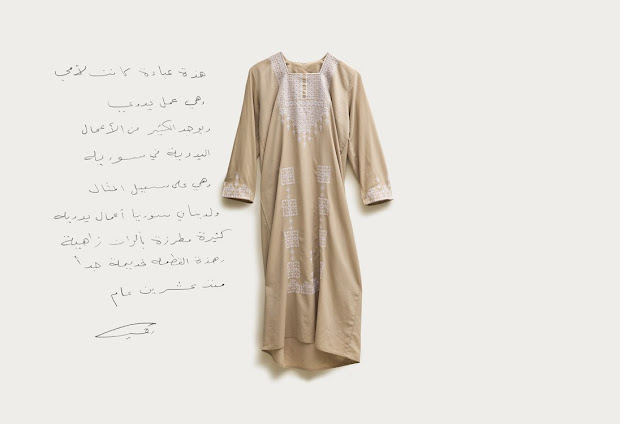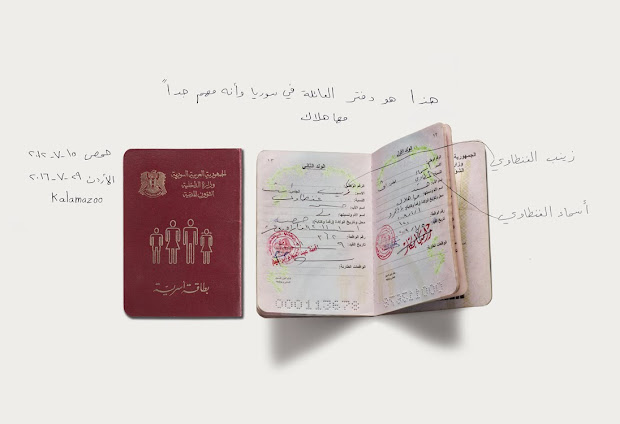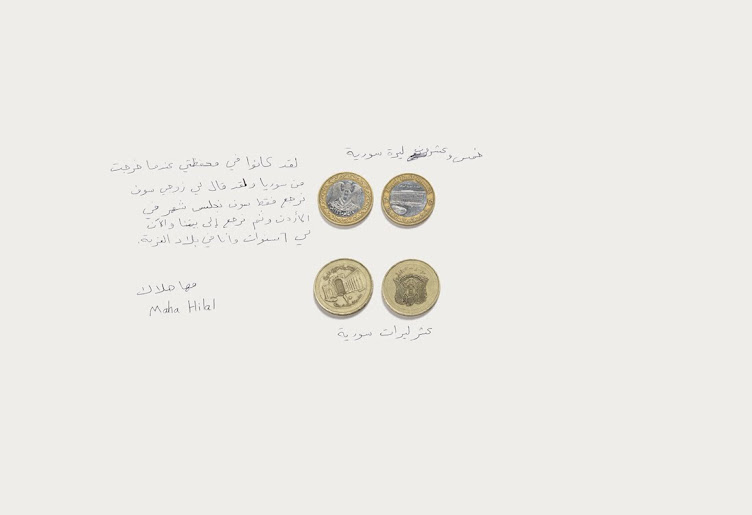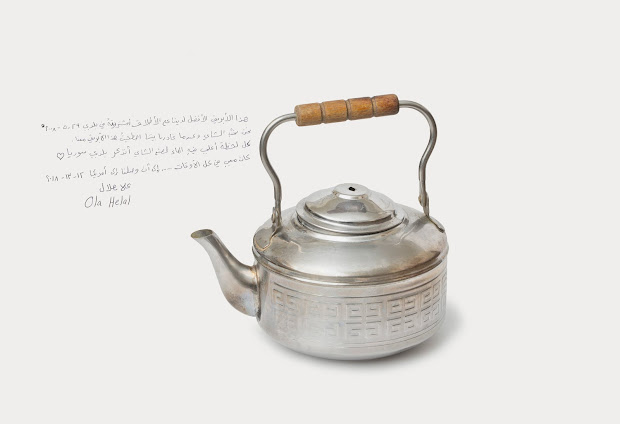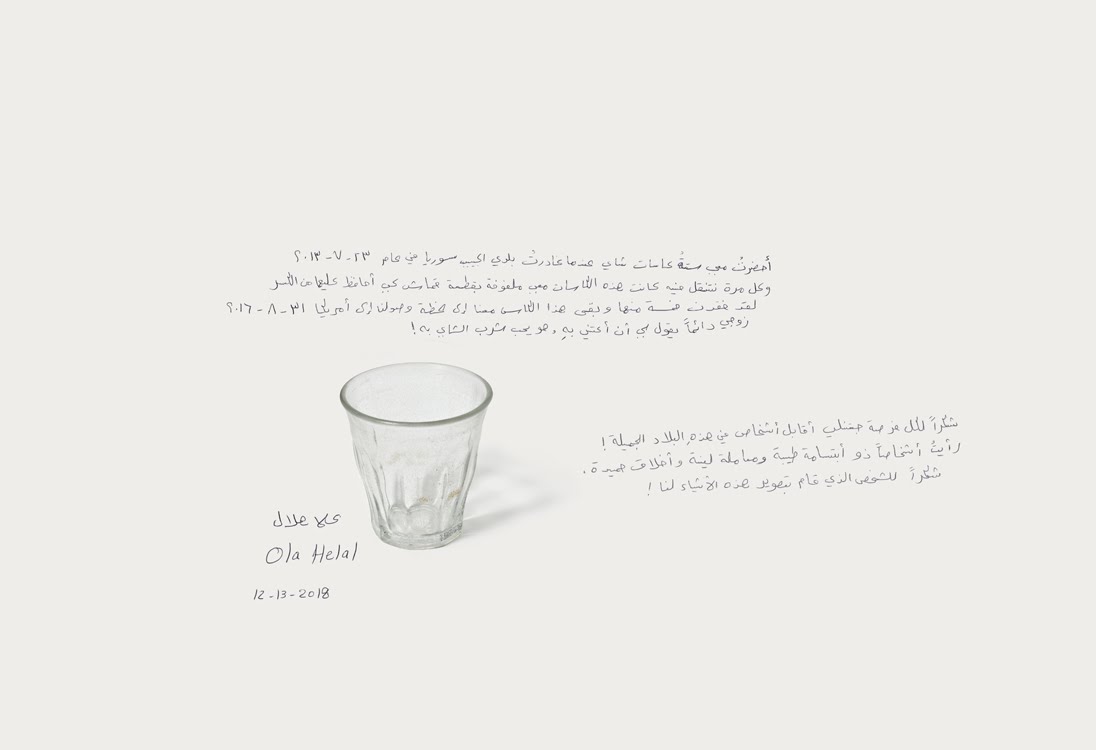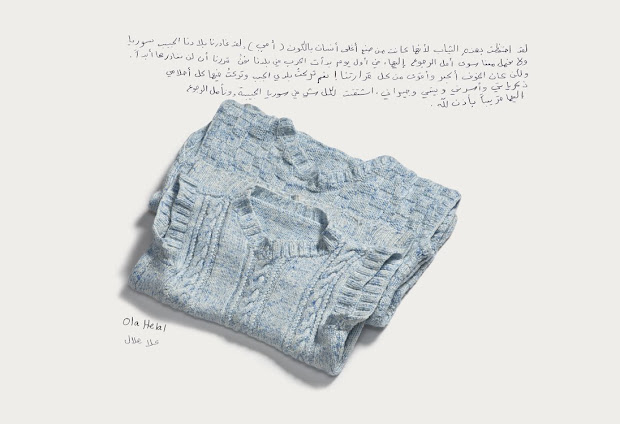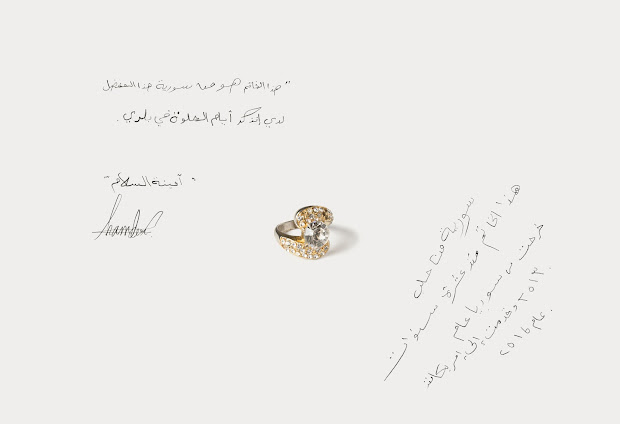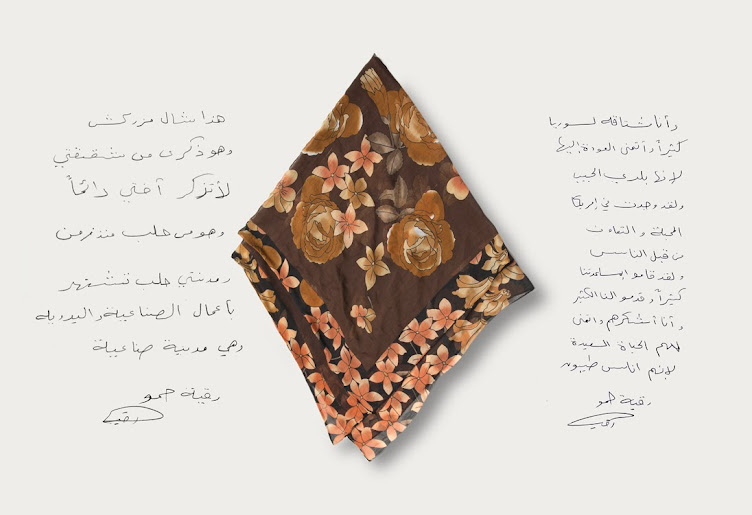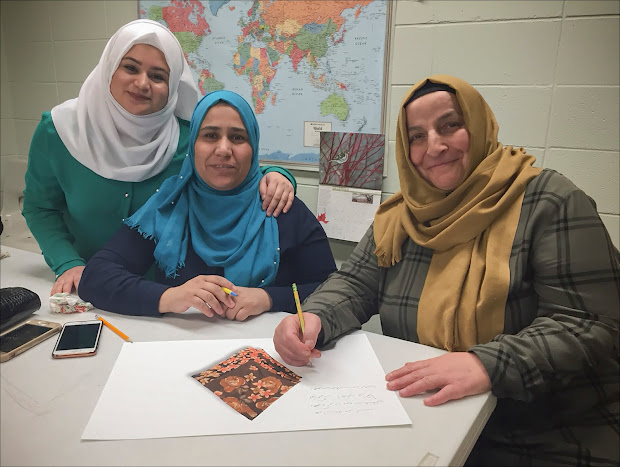BECOMING HIS OWN ROLE MODEL
After his older sister was badly burned by scalding water, Miguel Rodriguez’s mother, a nurse in Orizaba, Mexico, knew her daughter needed expert medical help. In search of the best treatment, she brought Rodriguez and his sister across the border into California.
Rodriguez remembers exactly when they came. It was on his fourth birthday, in 1997.
“We planned to stay until my sister was well, but she needed several surgeries, and after a while my mom decided life was better for us here. So we stayed,″ he says.
His mother worked several jobs and sometimes the children would only see her for an hour a day. “She was a cleaning woman, going from job to job by bus, which is when she slept,” Rodriguez says.
The family lived first in California, then in Oregon, always undocumented, always worried they’d be discovered and deported: “I would only share my situation with people I knew I could trust,” Rodriguez remembers.
Living in fear took its toll, but he thrived in school. For his high school years, they moved to be close to his stepdad’s family in Roseburg, Oregon. “I feared the worst,” Rodriguez says . “It was mostly white, few Hispanics, and very conservative.”
In hindsight, Rodriguez now sees Roseburg was a blessing in disguise. “I had the same math teacher for three years, and she was patient with me,” he says. “I wanted to be like her and teach something I love.”
Rodriguez graduated from Roseburg High in 2011, but right away he hit barriers. “I couldn’t get a real job or apply for financial aid for college because I w as undocumented,” he recalls. He picked cherries that summer to earn enough money to pay for one term at Umpqua Community College. Another summer, he got a job driving his uncle’s street sweeper in Los Angeles.
Eventually, Rodriguez and his mother were able to file for permanent residency through the Federal Violence Against Women Act, giving them legal status.
Rodriguez graduated from Portland State University in 2016 and joined AmeriCorps, landing a position as a college access coach at Portland’s Madison High School. The pay was low, $1,000 a month, but l still wanted the job. “I need to learn what I don’t know about people from different communities. Then I can advocate for them and train them to advocate for themselves.”
“At Madison, I’m tutoring many students who are like I was, who weren’t born here, who may be undocumented, and who face major challenges,” he says. “ That’s where I want to focus my energies…to help them move forward and succeed.”
Rodriguez also works in Academic Support Services at Reed College, coaching and tutoring students and staff. “Early in the day I work in this pretty privileged environment, and hours later it’s totally different at Madison,” he says. Yet he embraces the variety.
Rodriguez eventually wants to work in education policy because he believes administration is how he will make the greatest impact.
To be more in touch with his community, he directs a non-profit, Portland Through a Latinx Lens, which collects and shares stories from immigrants about their experiences.
”It feels good because I am doing things that I love,” Rodriguez l says.“ I can go home most nights feeling like I accomplished some thing, and the people I’ m working with are also accomplishing something.”
—David Lippoff
